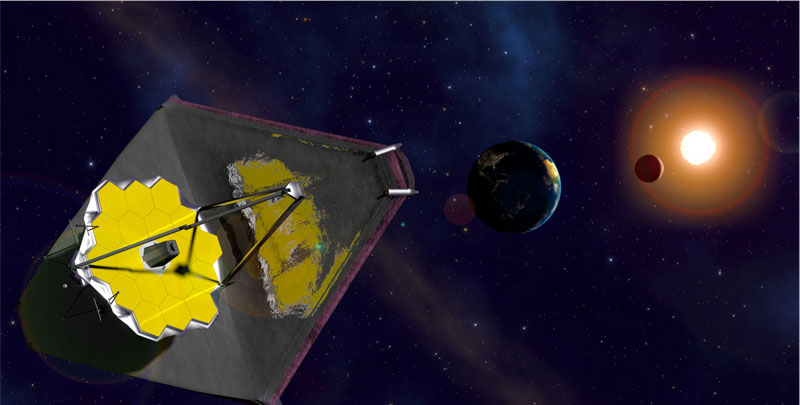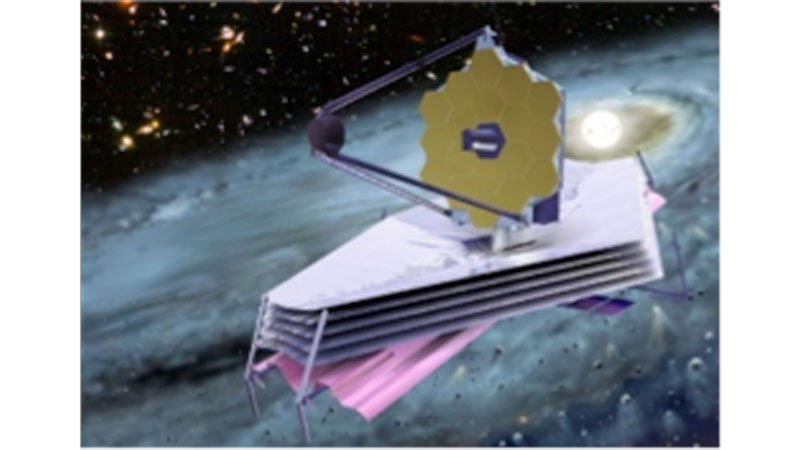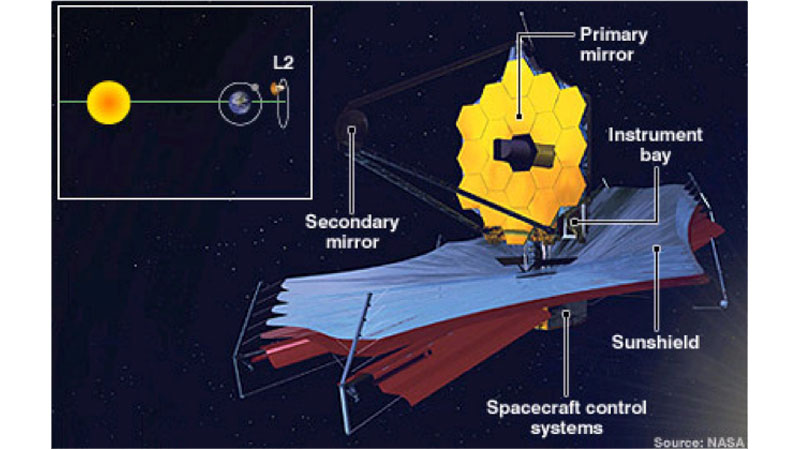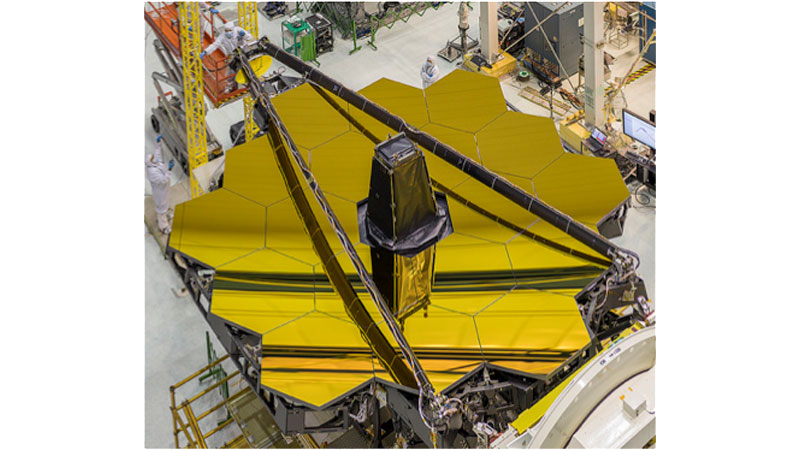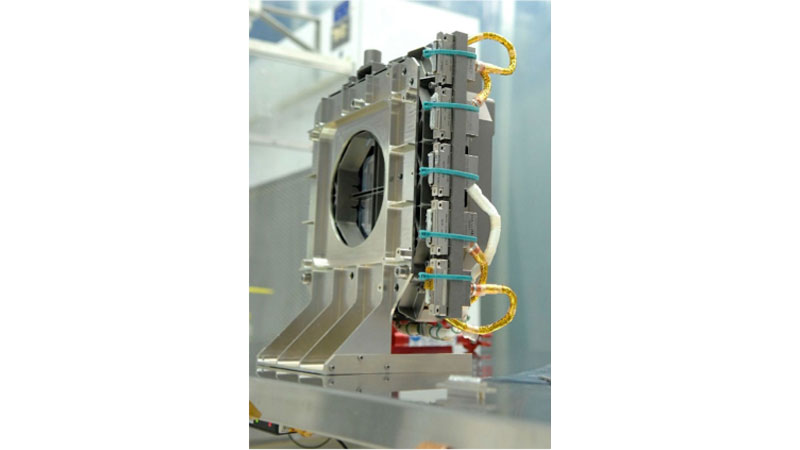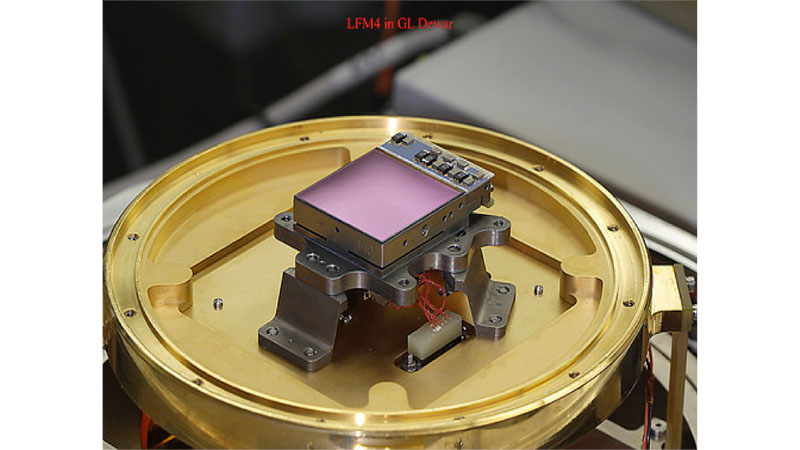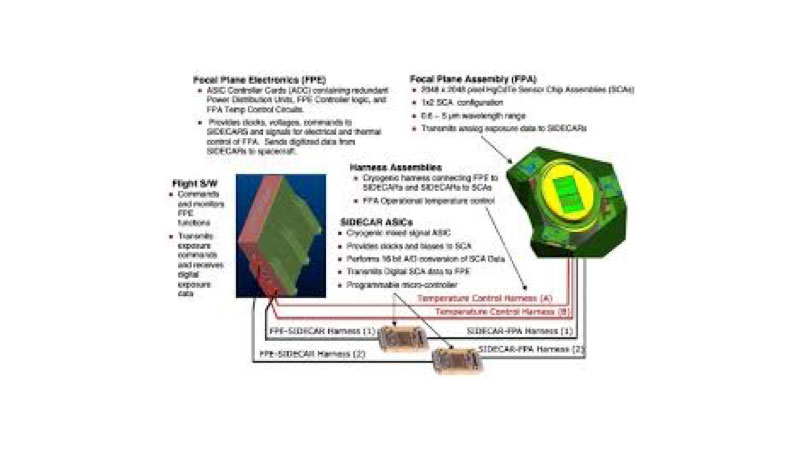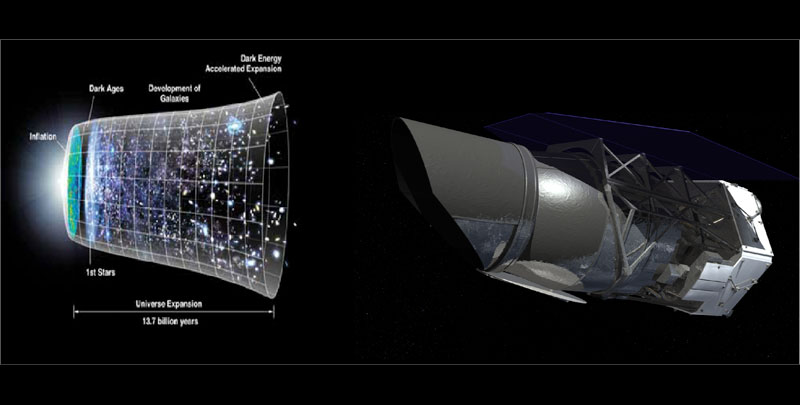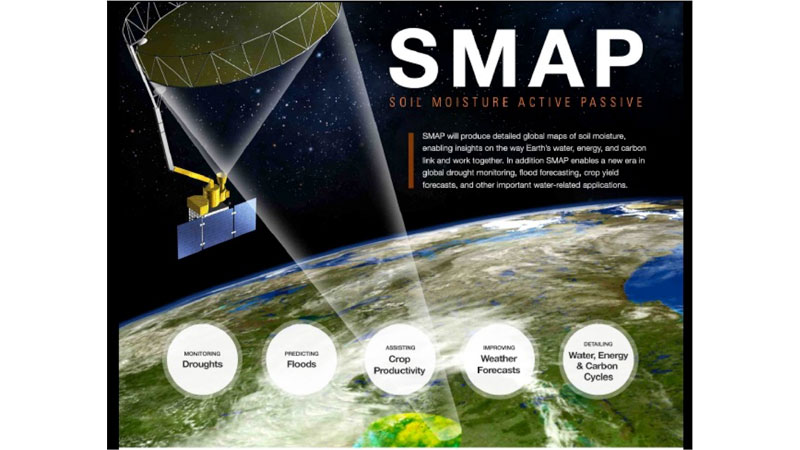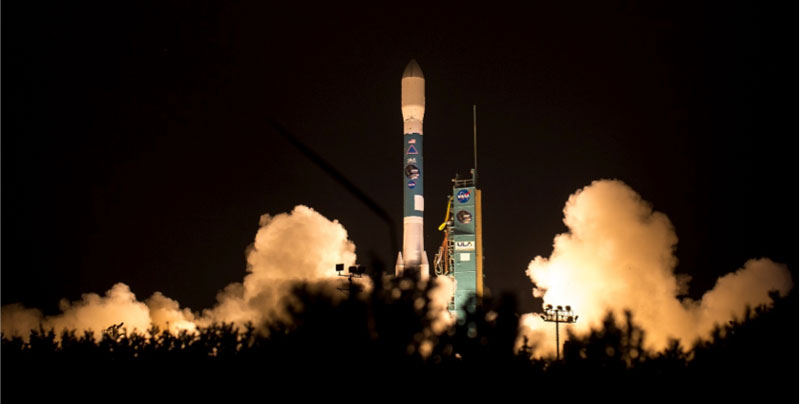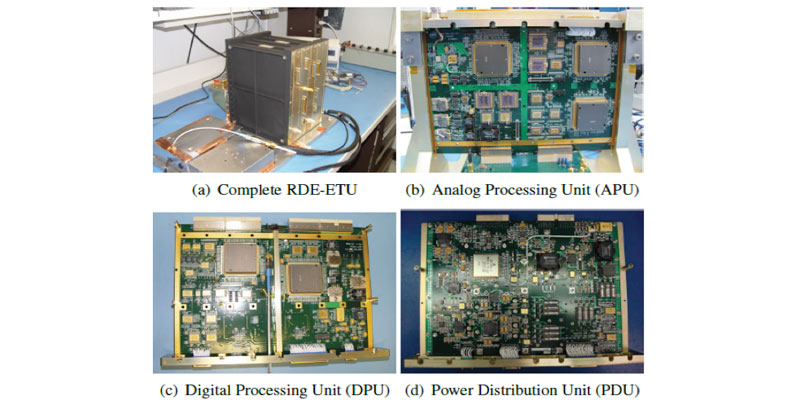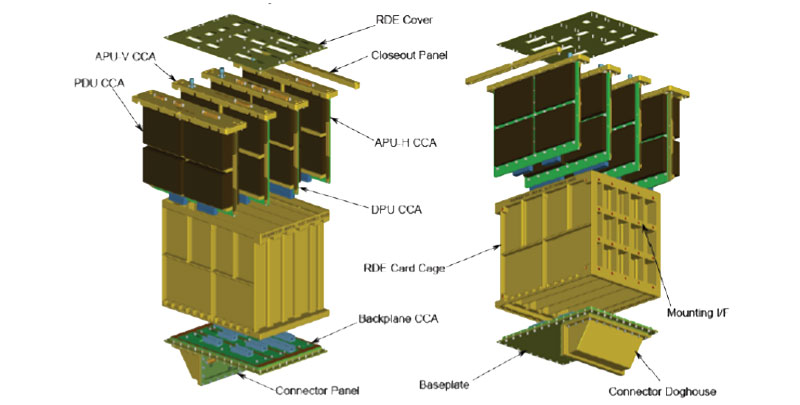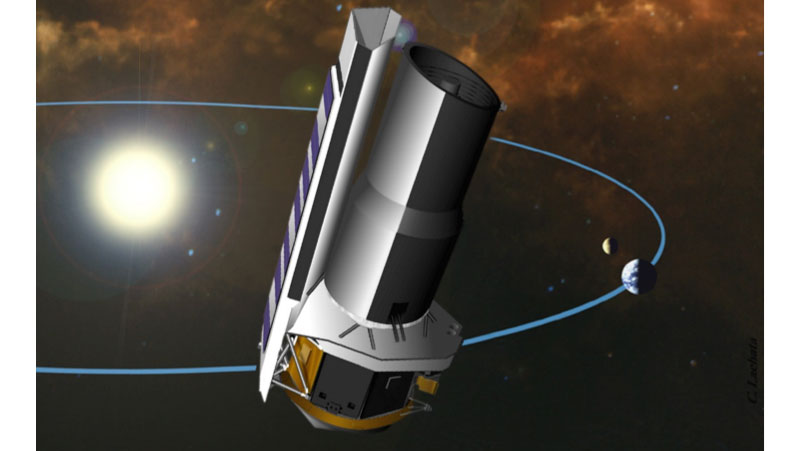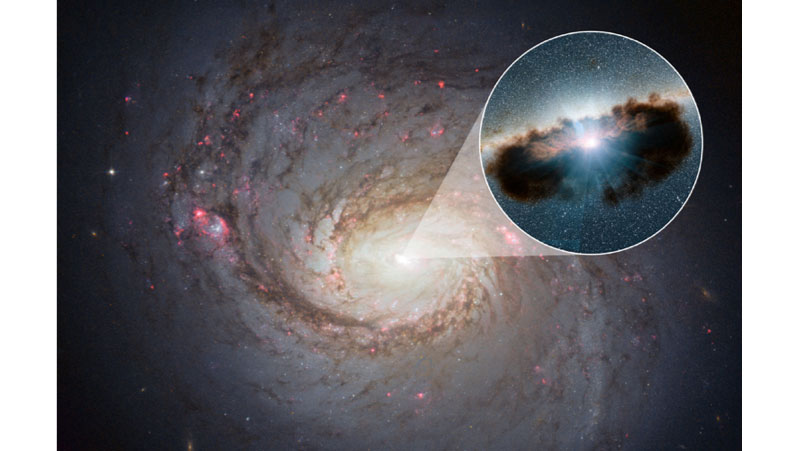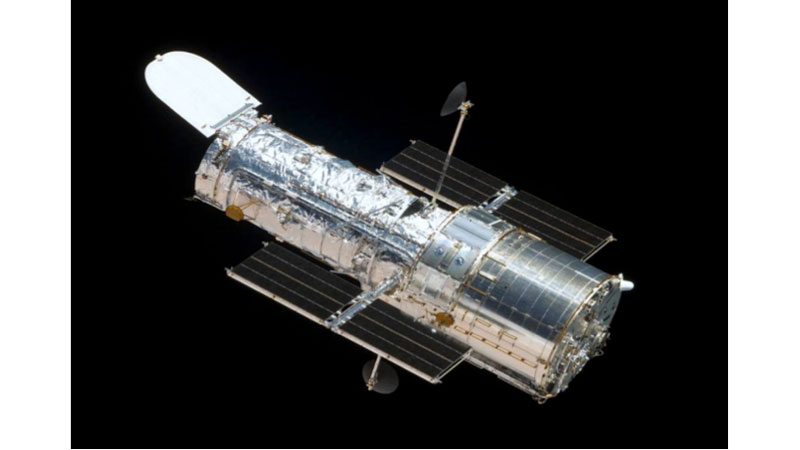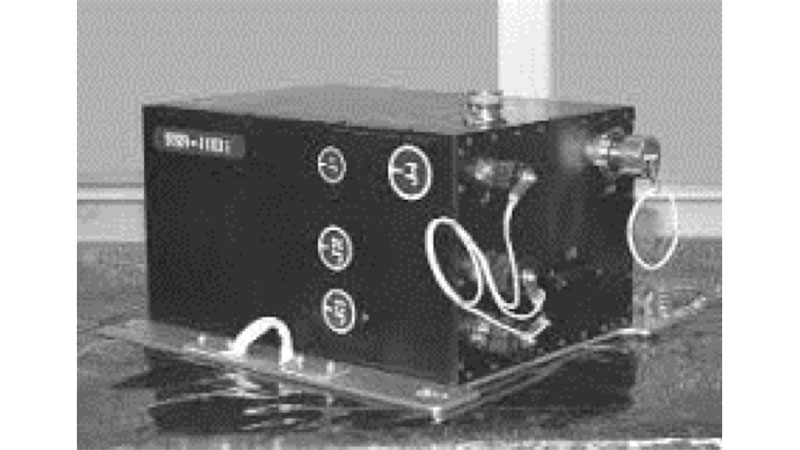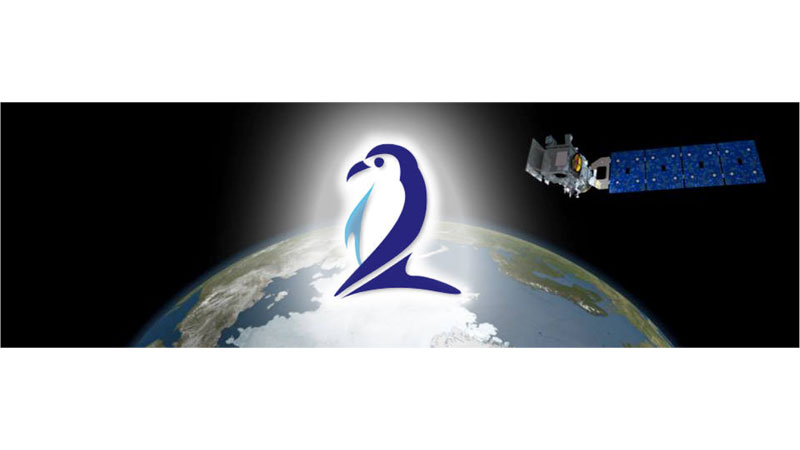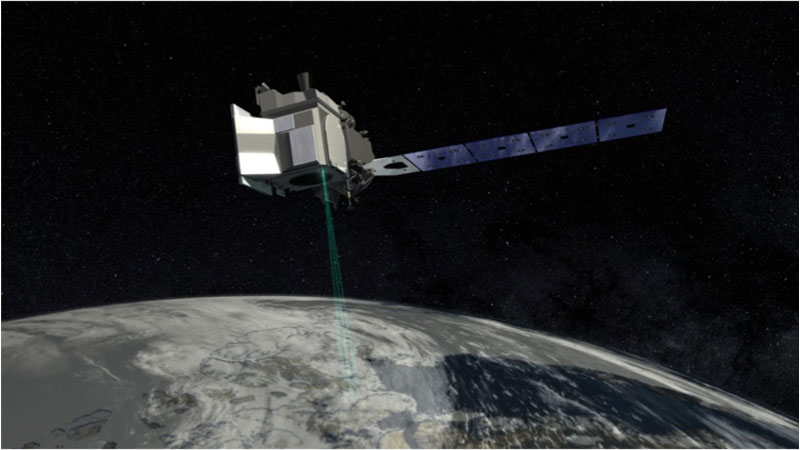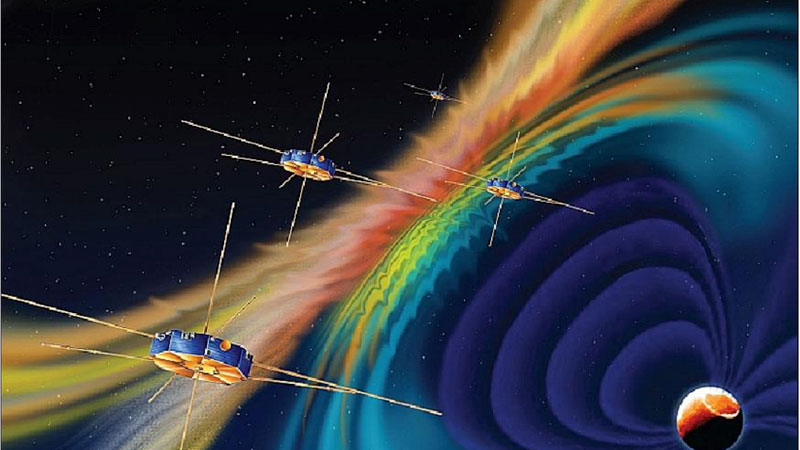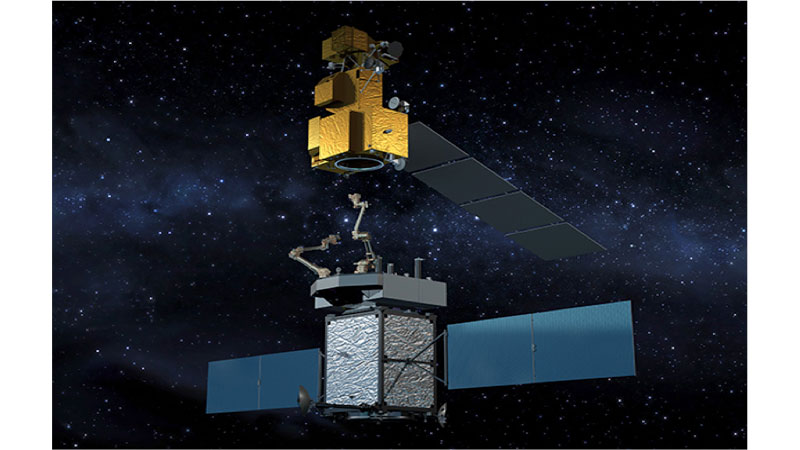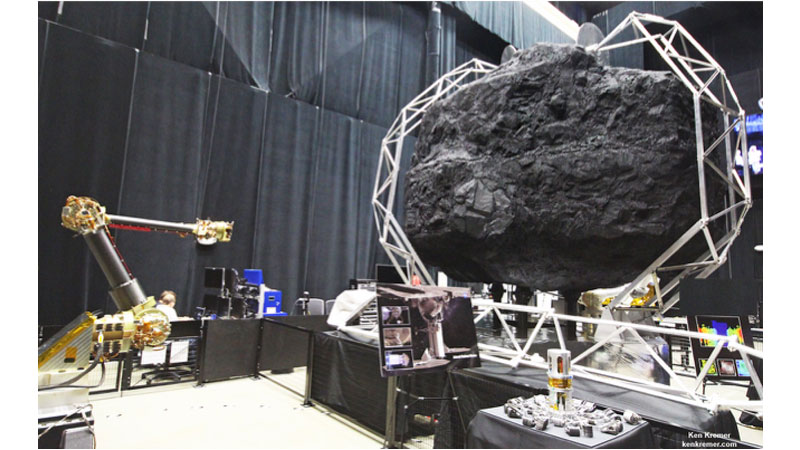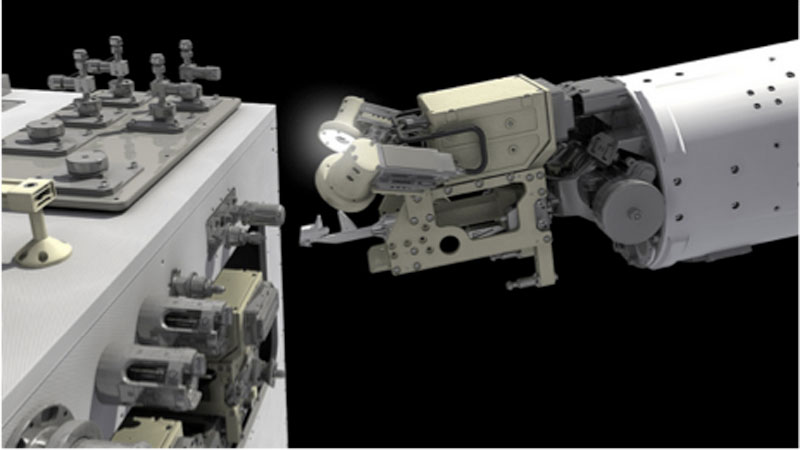JWST is a flagship-class space observatory under construction and scheduled to launch in October 2018. The JWST will offer unprecedented resolution and sensitivity from long-wavelength (orange-red) visible light, through near-infrared to the mid-infrared (0.6 to 27 micrometers), and is a successor instrument to the Hubble Space Telescope and the Spitzer Space Telescope.
AKAT, has been involved with JWST from its beginning, starting in pre-phase A. We lead the systems engineering and conceptual design of Integrated Science Instrument Module (ISIM) electronics including the Intsrument Focal Plane Electronics and Instrument Command and Data handling. ISIM is the heart of the JWST Telescope, what engineers call the main payload. This is the unit that will house the four main instruments that will detect light from distant stars and galaxies, and planets orbiting other stars.
We also were heavily involved with design and development of the NIRSpec Focal Plane Electronics (FPE), a low noise electronics box which controls and reads-out the H2RG IR detectors as part of NIRSpec Instrument.
Dark Energy
In 1998, scientists discovered that the expansion of the universe is accelerating, causing them to reconsider their models for the formation of the universe. In order to explain their observations, cosmologists have to assume that 3/4 of the universe is filled with mass and energy that cannot be observed through traditional means. This 'dark matter' and 'dark energy' has revolutionized cosmology. WFIRST will contribute to our understanding of the nature of dark energy by addressing two questions:
Is cosmic acceleration caused by a new energy component or by the breakdown of General Relativity (GR) on cosmological scales?
We, at AKAT, are in forefront of the Wide Field Camera Electronics design and development helping NASA build the instrument to answer these questions.
The mission of SMAP is to provide global high-resolution mapping of soil moisture and its freeze/thaw state to link terrestrial water, energy, and carbon cycle processes.
The SMAP radiometer employs the first spaceborne digital back-end processor subsystem called the RDE. The RDE is a field-programmable gate array (FPGA)-based digital signal processing system that uses time, frequency, statistical and polarization diversity to detect and flag RFI during its mission lifetime. The RDE was delivered to Integration and Test (I&T) in March 2012
We also were heavily involved with design and development of the NIRSpec Focal Plane Electronics (FPE), a low noise electronics box which controls and reads-out the H2RG IR detectors as part of NIRSpec Instrument.
The Spitzer Space Telescope was the fourth and final facility in the Great Observatories Program, joining Hubble Space Telescope, the Compton Gamma-Ray Observatory, and the Chandra X-Ray Observatory. Spitzer, with a sensitivity that is almost three orders of magnitude greater than that of any previous ground-based and space-based infrared observatory, revolutionized our understanding of the creation of the universe, the formation and evolution of primitive galaxies, the origin of stars and planets, and the chemical evolution of the universe.
AKAT team led the development of Infrared array camera (IRAC) electronics. IRAC is a four-channel imager that uses dichroic beam splitters to enable simultaneous 5.25.2 paired images in two adjacent fields of view.
The SMAP radiometer employs the first spaceborne digital back-end processor subsystem called the RDE. The RDE is a field-programmable gate array (FPGA)-based digital signal processing system that uses time, frequency, statistical and polarization diversity to detect and flag RFI during its mission lifetime. The RDE was delivered to Integration and Test (I&T) in March 2012
We also were heavily involved with design and development of the NIRSpec Focal Plane Electronics (FPE), a low noise electronics box which controls and reads-out the H2RG IR detectors as part of NIRSpec Instrument.
The Hubble Space Telescope is a space telescope that was launched into low Earth orbit in 1990. It is a space observatory with goal of discovery of galaxies not known and/or observed by other ground or space instruments.
AKAT engineers were involved in electrical system and detail design of the HST Solid State Recorder (SSR) used to replace HST tape recorders. Two tape recorders were replaced with SSR recorders during Space Shuttle HST Servicing Mission 2 and 3A.
ICESat-2, part of NASA's Earth Observing System, is a satellite mission for measuring ice sheet mass elevation, sea ice freeboard as well as land topography and vegetation characteristics
AKAT Engineers were involved in electrical system and detailed design of the instrument electronics. AKAT has also been critical part of instrument integration and test campaign.
MMS reveals, for the first time, the small-scale three-dimensional structure and dynamics of the elusively thin and fast-moving electron diffusion region. It does this in both of the key reconnection regions near Earth, where the most energetic events originate.
AKAT engineers were involved in electrical system design and testing of critical instrument electronics boxes.
SSCO mission provides robotic on-orbit servicing capability to operational satellites located in Low Earth Orbit (LEO), with extensibility to Asteroid Redirect Mission. The primary objective of the mission is to transfer propellant to a client satellite to extend its operational life
AKAT engineers are involved in implementation of Restore-L Robotic algorithms in the Field Programmable Gate Arrays (FPGA). We are also providing engineering support for Propellant Transfer System Manager.

